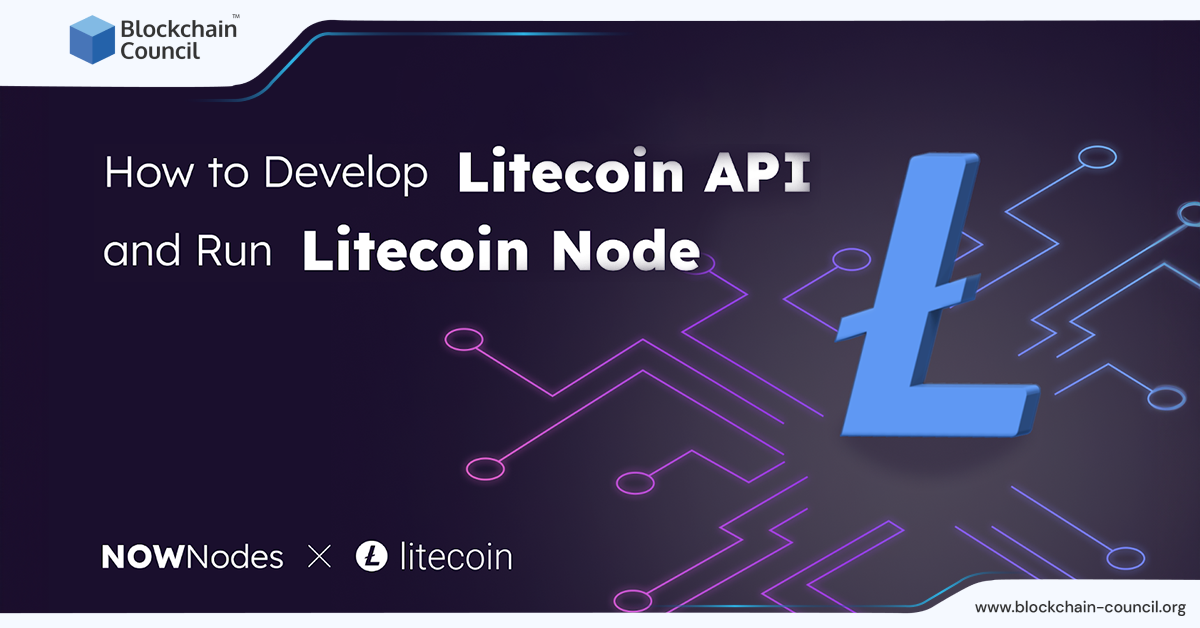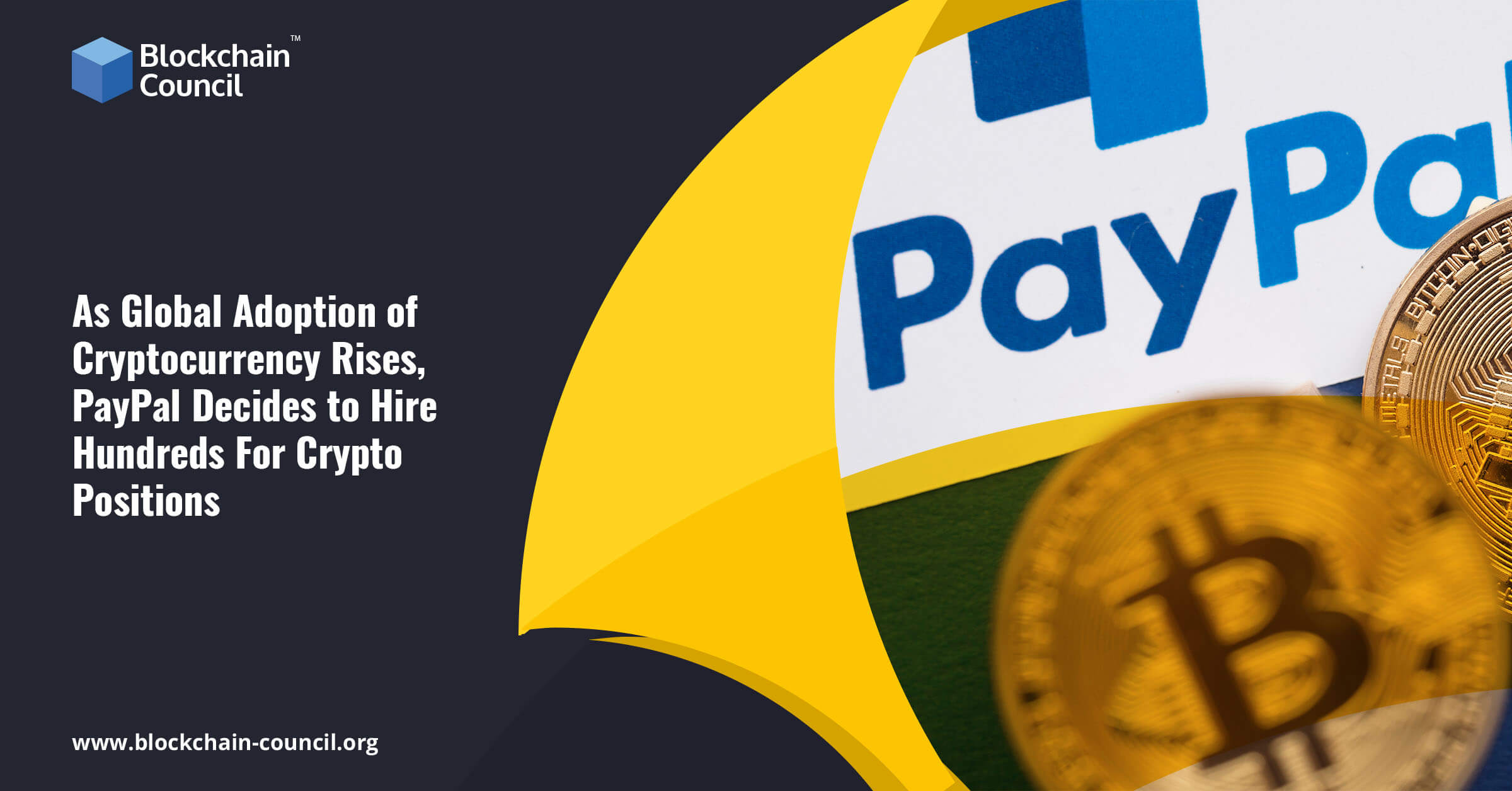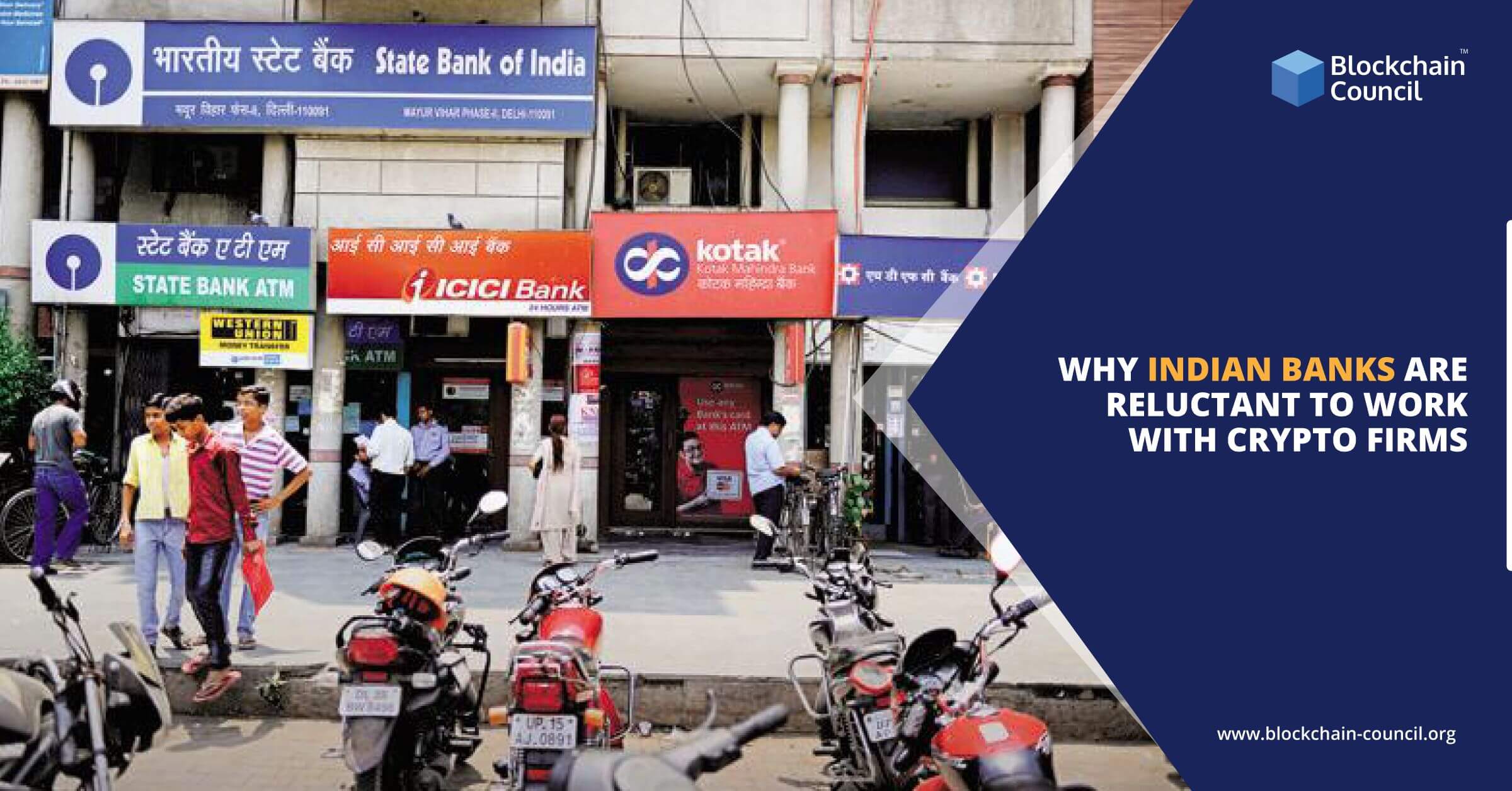
- Blockchain Council
- July 07, 2023
As Litecoin gained popularity on the crypto market more developers started building their Litecoin DApps and the question of how to run a Litecoin Node and develop a Litecoin API became very poignant. This article tends to give the whole overview of how to solve many problems with a Litecoin API and running a Litecoin node.
Easy way to run Litecoin node with Litecoin API
To deploy a Litecoin API into your Litecoin DApp or platform, instead of learning the fundamentals of APIs and writing the code to implement the API routes and logic for each endpoint, you can use NOWNodes following a few simple steps.
- Sign Up for NOWNodes: Visit the NOWNodes.io website and sign up for an account. You need to provide only your email address to register on the platform. As this platform is non-custodial it will be highly secure to use this service.
- Obtain API key: Once you have an account on NOWNodes, you’ll need to obtain an API key by simply pushing the button “Add API key” into your personal account. These API keys will allow you to interact with the NOWNodes endpoints and access the Litecoin node.
- Choose a Litecoin Node: Within your NOWNodes account, navigate to the Litecoin section and select the specific node you want to run. NOWNodes offers mainnet and testnet Litecoin nodes located in different geographical regions.
- Connect to the Litecoin Node via API: NOWNodes provides API documentation that explains how to interact with their service. Use the provided endpoints and methods to connect to the chosen Litecoin node via API. This allows you to send requests and receive responses from the node.
- Integrate with Your Application: Utilize the NOWNodes API to integrate the Litecoin node into your Litecoin DApp or platform. You can make API calls to perform various functions, such as retrieving blockchain data, creating transactions, or querying wallet balances.
The advantages of using the third-party service are multiple. Apart from the financial benefits, there are technical benefits such as monitoring and maintenance. Third-party providers take all these issues into their hands. Constant RPC node monitoring allows your Litecoin DApp to keep working stable and safe.
Integration with the NOWNodes Litecoin node ensures its smooth operations. The node provider stays updated with any Litecoin updates provided by the Litecoin network and makes necessary adjustments to your implementation.
NOWnodes for Litecoin
NOWnodes offers a list of different tools, which will provide a simple integration of Litecoin into your platform or DApp.
Litecoin mainnet environment:
- Full RPC Litecoin node;
- Litecoin Explorer;
- WebSocket connection.
Litecoin testnet environment:
- Full RPC Litecoin testnet node;
- Litecoin testnet Explorer;
- Testnet WebSocket connection.
How to Develop a Litecoin API
You can always choose to develop your own Litecoin API. Follow these steps if you want to maintain your own infrastructure:
- Understand API Basics: Familiarize yourself with the fundamentals of APIs. APIs allow different software systems to interact and exchange data.
- Choose an API Type: Determine the specific type of Litecoin API you want to develop. For example, you may want to create a price ticker API, transaction API, wallet integration API, or a custom application-specific API.
- Set Up a Development Environment: Prepare your development environment by installing the necessary tools and libraries. This typically includes a code editor, a web server, and a programming language environment such as Node.js or Python.
- Choose a Programming Language: Decide on the programming language you want to use for developing the Litecoin API. Some common choices include JavaScript (with frameworks like Express.js), Python (with frameworks like Flask), or any other language you’re comfortable with.
- Connect to a Litecoin Node: Connect your API to a Litecoin node, which allows you to interact with the Litecoin blockchain. You can either run your own Litecoin node or follow a few simple steps, which we explained above to use a NOWNodes service that provides access to the Litecoin network.
- Define Endpoints and Functionality: Determine the specific endpoints and functionality you want to expose through your API. For example, you may want to provide endpoints for retrieving Litecoin prices, creating and broadcasting transactions, or retrieving wallet balances.
- Implement API Routes and Logic: Write the code to implement the API routes and logic for each endpoint. This involves handling incoming requests, processing data, interacting with the Litecoin node, and sending back appropriate responses.
- Implement Security Measures: Consider implementing security measures to protect your API, such as authentication and rate limiting, to ensure proper access control and prevent abuse.
- Test and Debug: Test your API thoroughly to ensure its functionality and identify any bugs or issues. Use testing frameworks and tools to automate the testing process and simulate different scenarios.
- Document and Publish the API: Document your API endpoints, parameters, response formats, and any necessary authentication details. Make the documentation accessible to developers who will use your API. Optionally, consider publishing your API on popular API directories to increase its visibility.
- Maintain and Update: Regularly maintain and update your Litecoin API to ensure compatibility with new versions of the Litecoin software and address any security vulnerabilities or performance issues that may arise.
Remember, developing an API can be a complex process, and it’s essential to have a good understanding of software development practices, programming languages, and the specific requirements of the Litecoin blockchain.
It’s recommended to refer to official Litecoin documentation, utilize relevant programming resources, and seek guidance from experienced developers or the Litecoin community to ensure a smooth development process.
How to Run a Litecoin Node
To run your own Litecoin node, you’ll need to follow these general steps:
- Set Up Hardware: Choose a computer or server to host your Litecoin node. Ensure that it meets the minimum requirements, which typically include sufficient processing power, memory (RAM), and storage space to handle the blockchain data.
- Install Litecoin Core: Download and install the Litecoin Core software, which is the most popular full node Client. It can be obtained from the official Litecoin website (litecoin.org) or the Litecoin GitHub repository.
- Configure Litecoin Core: Once installed, you’ll need to configure the Litecoin Core software. This involves specifying options like the data directory, network settings, and any additional parameters you want to set. The default configuration should work fine for most users, but you can customize it as per your requirements.
- Synchronize with the Litecoin Network: Launch Litecoin Core, and it will start connecting to other nodes in the Litecoin network to download and synchronize the blockchain data. This initial synchronization process may take some time, as it involves downloading and verifying the entire blockchain, which is approximately several gigabytes in size.
- Maintain the Litecoin Node: Once your Litecoin node is synchronized, it will continuously operate as a part of the Litecoin network, staying updated with the latest blocks and transactions. Regularly update the Litecoin Core software to the latest version to ensure compatibility and access new features and bug fixes.
- Port Forwarding (optional): If you want to allow incoming connections to your Litecoin node from other nodes on the network, you may need to set up port forwarding on your router to forward incoming Litecoin traffic to your node’s IP address.
- Security Considerations: It’s important to take security measures to protect your Litecoin node and the funds associated with it. This includes using a strong password for your wallet, enabling encryption, keeping your software up to date, and considering firewall and network security best practices.
Running a Litecoin node requires significant computational resources, storage space, and a stable internet connection. It’s recommended to have a high-speed internet connection and a device that can run continuously without interruptions.
Additionally, keep in mind that running a full node involves bandwidth usage and may require periodic maintenance, such as upgrading hardware or managing blockchain storage. The Litecoin development team is actively working on improving the protocol and implementing upgrades.
The decision of developing your own infrastructure or utilizing third-party services that provide access to the Litecoin network always depends on your priorities. The maintenance of your own node is definitely more time and money-consuming. Take care of your Litecoin DApp and make your decision wisely





































































 Guides
Guides News
News Blockchain
Blockchain Cryptocurrency
& Digital Assets
Cryptocurrency
& Digital Assets Web3
Web3 Metaverse & NFTs
Metaverse & NFTs
